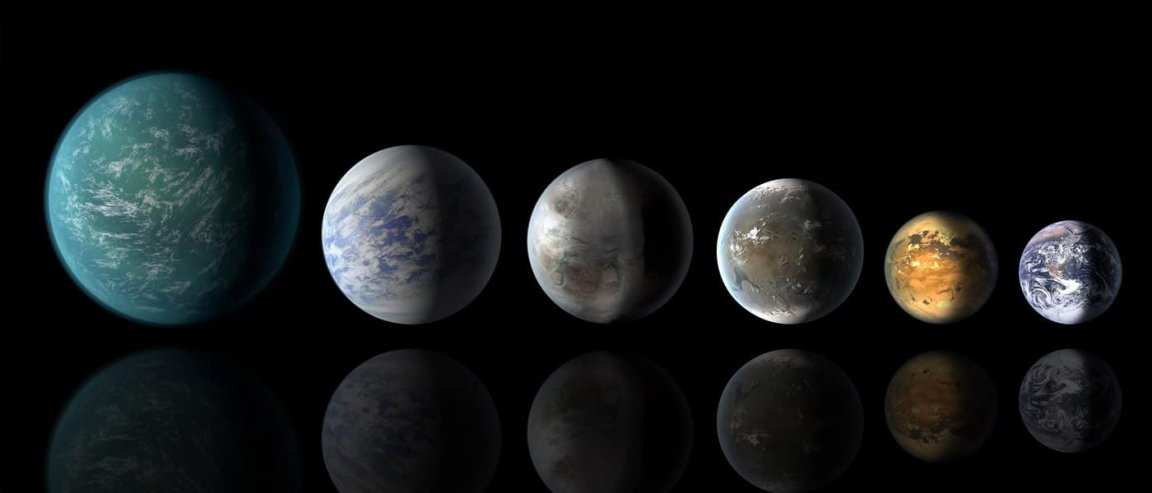
From Science Fiction to Reality
Until 1992, our notion of star-orbiting planets beyond Earth’s solar system only existed in science fiction. That’s when astronomers Alex Wolszczan and Dale Frail announced the first discovery of such celestial bodies. Since then, we have found and confirmed a total of 3,431 of these exoplanets, and the Kepler mission alone is awaiting confirmation for 2,416 more. That’s a lot of planets in just a little over two decades.
Two of these exoplanets found orbiting a star named PSR B1257+12 had a mass greater than Earth’s but less than that of Neptune. Those were categorized as “super-Earths.” Since then, we’ve found a variety of other super-Earths. HIP 116454b orbits its star in less than 10 days, but a year on 55 Cancri e is even shorter: only 18 hours long. That latter super-Earth doesn’t even have water vapor in its atmosphere, while another, Gliese 1214 b, has water plasma on its surface.

A More Sophisticated League of Interstellar Eyes
As bigger, better telescopes and observatories are constructed, we obtain exponentially more detailed views that give us solid ground for analysis of the objects surrounding us in the universe. Throughout 2016, some remarkable developments have taken place, but expectations are high that we’ll find more of these super-Earths in 2017 thanks to the launch of the following telescopes and observatories — maybe we’ll even find some boasting conditions ripe for life.
Transiting Exoplanet Survey Satellite (TESS)
NASA will be launching TESS in 2017. Within its two-year mission, they plan to use the satellite to observe at least 200,000 stars and expect to discover thousands more exoplanets.
MeerKAT and SKA
The 64-dish MeerKAT Radio Telescope in South Africa is so powerful that in a test run using only 16 of its 64 dishes, it was able to detect 1,300 galaxies where only 70 were previously known to exist. All 64 of those dishes are expected to be in place by the start of 2017, so we can expect big discoveries from this telescope. As if MeerKAT isn’t impressive enough, it’s actually just a small part of an even bigger project, the Square Kilometer Array (SKA).
FAST
The 500-meter (547-yard) wide Aperture Spherical Telescope (FAST), nicknamed Tianyan (Eye of Heaven), holds the world record not only in size but in sensitivity: it’s about twice as sensitive and between five and 10 times as fast in surveying as the previous record holder. This device went live in September this year, so it’ll likely contribute to many discoveries in 2017.
James Webb Space Telescope (JWST)
Just in case the potential for super-Earth discoveries in 2017 isn’t enough, NASA’s Hubble replacement, the James Webb Space Telescope, will join the hunt for exoplanets orbiting nearby stars in 2018. This telescope took 20 years and $8.8 billion to build, and it was designed with a view 100 times the size of Hubble’s. Supposedly, it is so powerful that it can detect a bumblebee on the Moon, so hopes are high it’ll be able to find more super-Earths.
